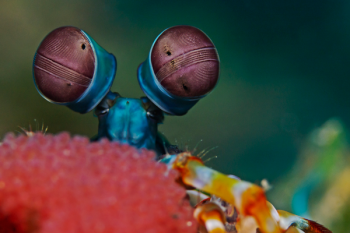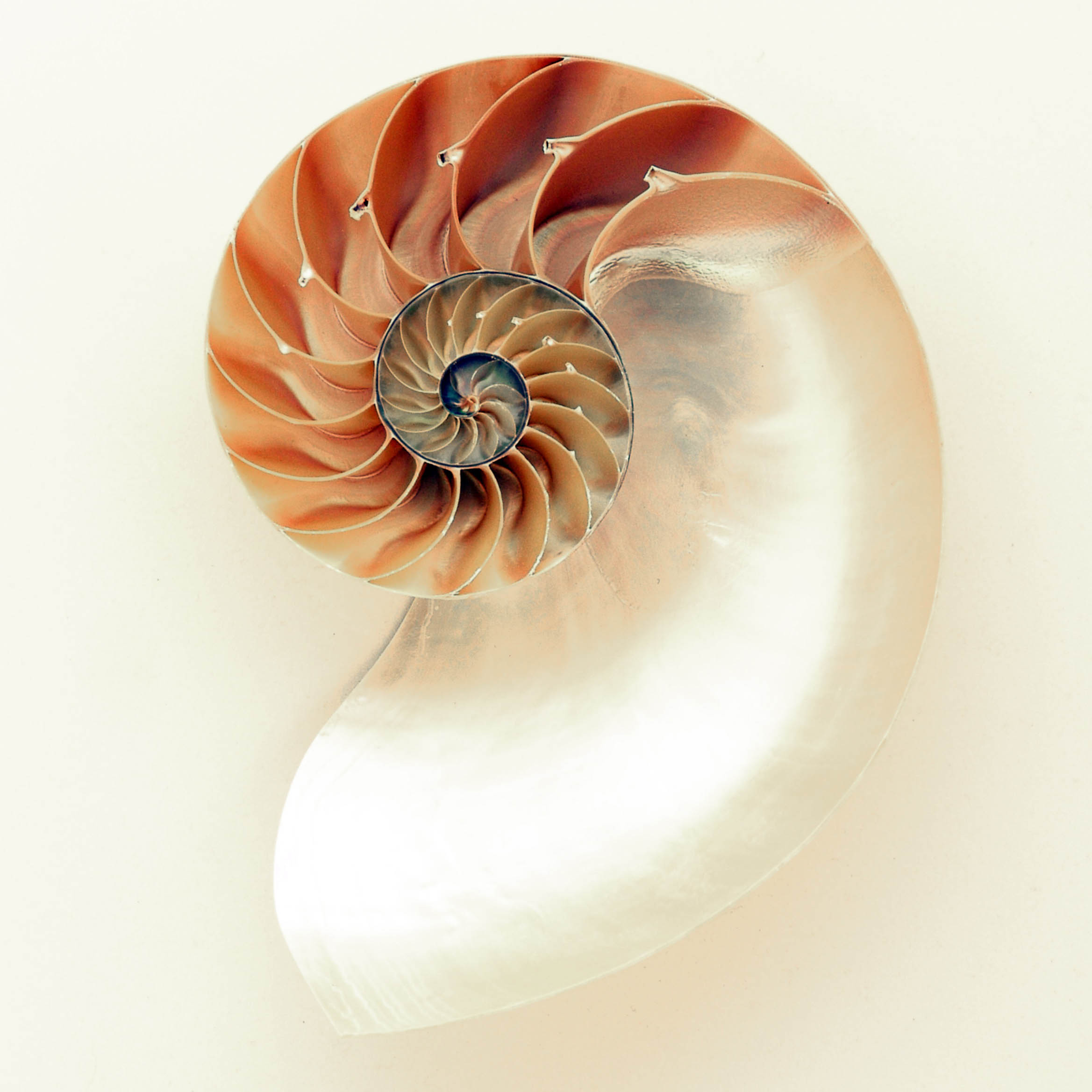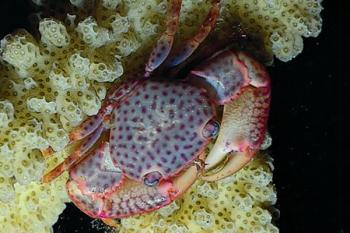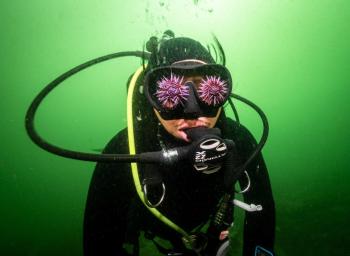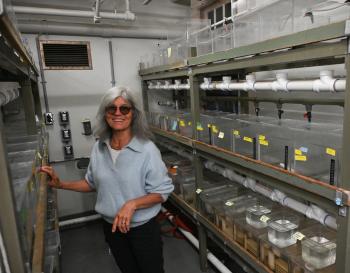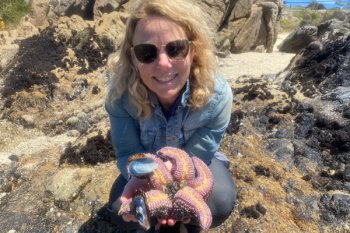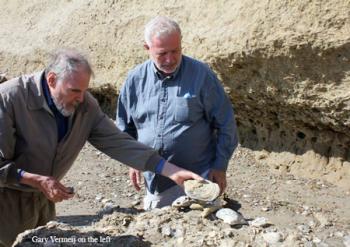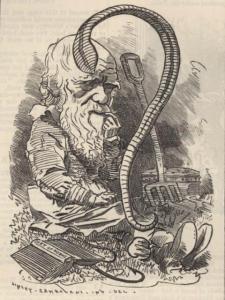
Charles Darwin is best known for his voyage around the world on the HMS Beagle and his book “On the Origin of Species,” published in 1859 in which he explains his theory of evolution by natural selection. His ideas have had an enormous influence on how we understand the world.
Darwin is also known for much more. He studied a diversity of subjects from pigeons, coral reefs, barnacles, fossils, and man himself. And he was fascinated with earthworms. He knew that earthworms ingest soil, digest the organisms in it and then poop out the remains as castings that end up on the surface of the ground. When he noticed a stone in his field slowly sinking into the ground, he thought maybe worm castings were burying it. So he set out to study the rate that worms covered the surface of the soil with their castings. When Darwin studied something he did it thoroughly. In this case he brought several pots with worms living in them into his house so he could observe them closely.
He also put a stone in a field and watched it for 30 years as worm castings slowly buried it. This famous ‘worm stone’ has been recreated at his home, Down House in England, for visitors to see. In 1881 he published the results in a book, “The Formation of Vegetable Mold Through the Action of Worms,” which was amazingly successful, selling 6,000 copies the first year. Who could have imagined that so many people were interested in what worms were busy doing in the ground?
Here is a fascinating video about Darwin and his worms.
